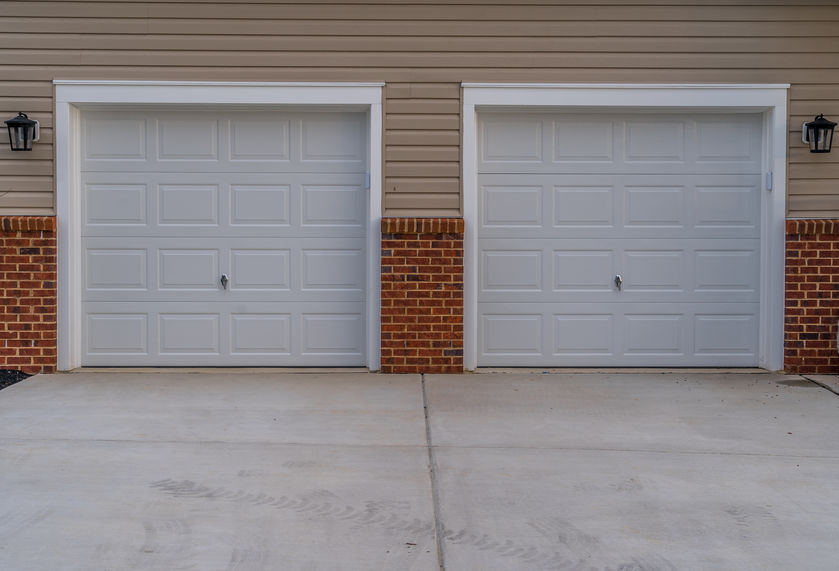Vinyl Siding Vs Fiber Cement
Fiber cement is made from a mix of cellulose fibers, sand, water, and Portland cement that is formed into shingles or longboards. It is directly attached to your home with nails that penetrate at least one inch into studs.

Major Differences between Vinyl Siding and Fiber Cement
- Durability
Both fiber cement and vinyl siding are durable exterior cladding options when compared with wood. However, fiber cement is sturdier and thicker than vinyl siding. The thickness of fiber cement provides solid protection against natural elements. It is not easily harmed by hail or harsh weather and is resistant to fire, impact, and warping. Vinyl can give in under extreme heat and start to warp as the weather changes.
- Installation
Vinyl is a lighter siding material than fiber cement. Therefore, it is easy to transport, cut, and install making it ideal for DIY enthusiasts. Fiber cement is heavier and the installation takes longer and costs more than vinyl siding. Just like any product, it is important to hire a certified professional as they provide a seamless installation that keeps product warranties valid. Some manufacturers only provide lifetime warranties if the siding is properly installed.
- Appearance
Although the main purpose of siding material is to protect your home, many homeowners select a particular siding material based on its aesthetic appeal. There is a wide variety of looks you can achieve with both vinyl and fiber cement. However, the built-in grooves and thickness of fiber cement can mimic the look of real wood giving it a more luxurious appeal than typical vinyl. Although vinyl also appeals to many homebuyers, it lacks the same depth as fiber cement to create realistic looking grains.
- Maintenance
Both vinyl and fiber cement are sought after because they require low maintenance. Vinyl never needs to be repainted and fiber cement may only require touchup paint every 5 to 10 years. Although fiber cement sidings can be repainted, painting vinyl siding often voids the warranty. Both can be cleaned at least once a year to remove mold, dirt, and algae and can take a couple of years to be repaired. While both of these siding materials require less maintenance, fiber cement may demand a little more work compared to vinyl. On the other hand, vinyl may need complete or partial replacements that add to its maintenance factor.
- Cost
When looking at the costs of vinyl and fiber cement, you need to factor in the initial costs, maintenance, and repairs or replacements. The price is relatively similar between the two but fiber cement may cost more to install because it is time-consuming and labor-intensive. In the long term, fiber cement is more affordable than vinyl because it is highly durable and will require fewer repairs or replacements over the years.
- Energy Efficiency
Insulation products are measured in R-value, which refers to the resistance to heat flow. A product with a high R-value has a greater insulating power as it can resist the transfer of heat. Fiber cement offers minimal energy savings compared to insulated vinyl siding with an R-value of 1.5. However, installing sheathing products can help improve the R-value of this siding material. Insulated vinyl siding offers a higher R-value of 2.0 to 3.5 that reduces utility bills by minimizing energy use.
So, Which Siding Material is Better?
You can achieve a beautiful exterior for your home with both vinyl and fiber cement. In general, fiber cement can create a unique look because of its thickness and vast color options but may have to be repainted to keep up with the appearance. Insulated vinyl siding performs better in terms of energy savings and low maintenance but may not appeal to every homeowner because of the long-term costs of repair and replacements.
The best siding material for your home will depend on how much you are willing to invest upfront, the availability of the material in your area, and individual preferences. Once you have understood the benefits and downsides of both vinyl and fiber cement, you can feel confident in your decision by choosing a siding material that meets your needs and suits the style of your home.
